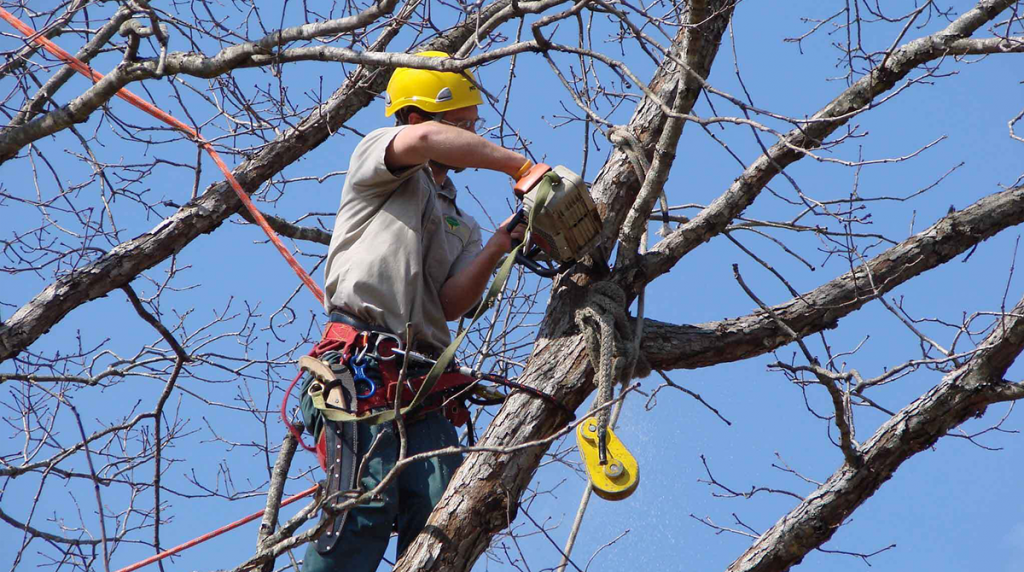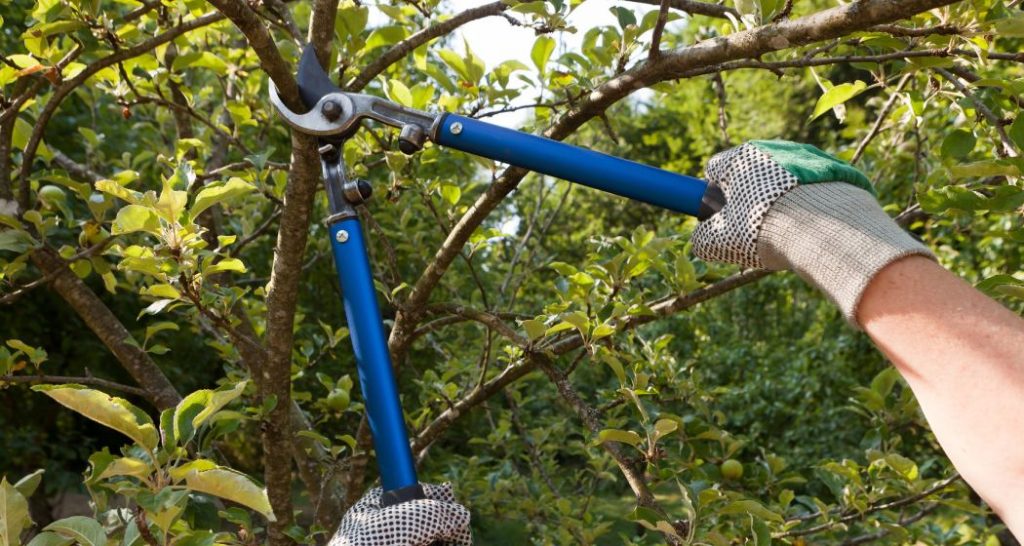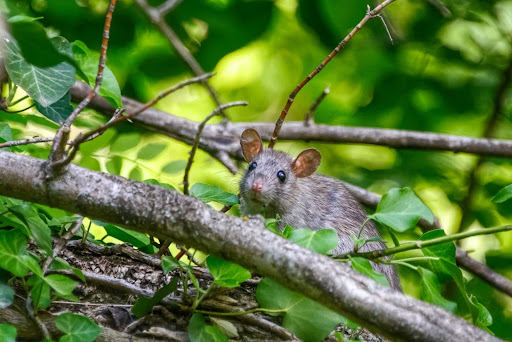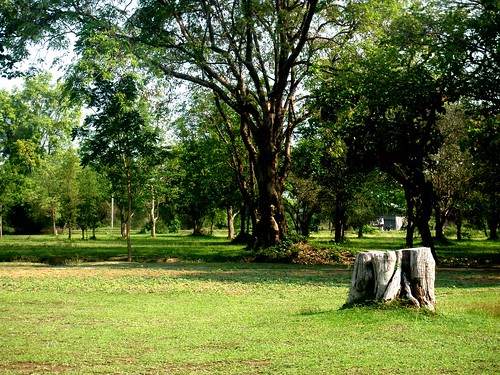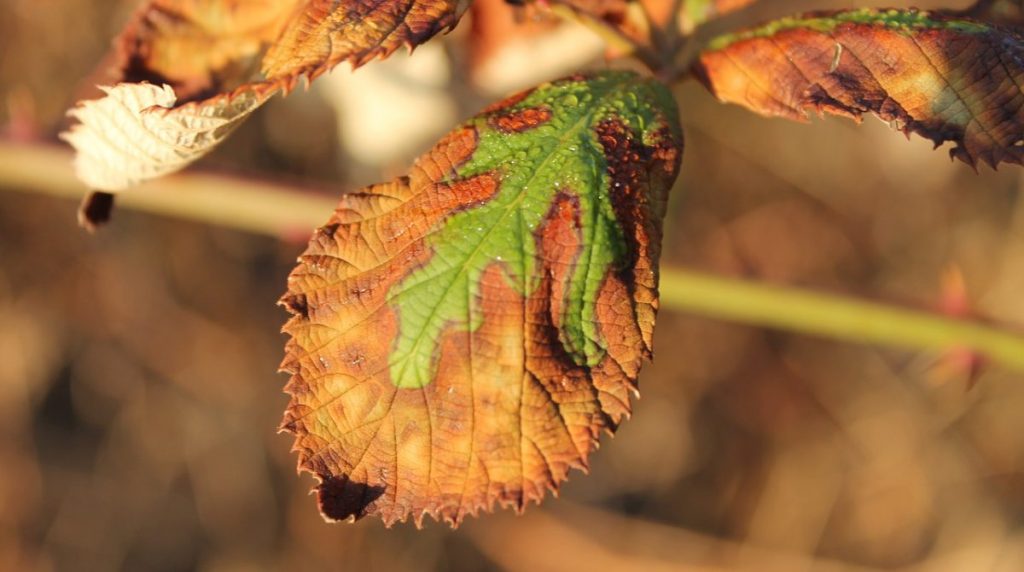
Date June 01, 2022
Category
If you have ever noticed that the leaves on your trees are wilting, you are not alone. It is a common problem, and there are a few things that could be causing it. In this blog post, we will discuss what wilting leaves means for your trees. We will also share our tips from professional tree care experts on how to keep your plants healthy and thriving! So, if you are concerned about the health of your plants, keep reading!
How to Tell If Your Tree Leaves Are Wilting
There are a few signs that you can look for to determine if your tree leaves are wilting. First, take a look at the leaves themselves. Are they drooping or hanging down lower than usual? If so, this is a good indication that they are wilting.
Another sign of wilting leaves is if the edges of the leaves are curling. This is often caused by a lack of water, so if you see this happening, it is important to give your tree a good watering.
Finally, wilting leaves may also change color. If you notice that the leaves are turning yellow or brown, this is another sign that they are not getting enough water.
Possible Causes of Tree Leaf Wilt
Wilting leaves can be caused by a variety of factors. If you notice that the leaves on your trees are wilting, it is important to take action immediately. Depending on the cause of the wilting, there are different steps you can take to help your plant recover.
Possible causes of wilting leaves are:
Drought:
One of the most common causes of wilting leaves is drought. If your tree is not getting enough water, the leaves will start to droop and wilt. Lack of rainfall or water in the soil is a common issue in North Texas yards. If you think drought might be the cause of your tree’s wilting leaves, it is important to heighten your watering habits immediately.
Pests:
Another possible cause of wilting leaves is pests. If your tree is infested with insects, they may be sucking the sap out of the leaves, causing them to wilt. If you think pests might be the problem, it is important to contact a professional tree care expert for help with identifying and treating the source.
Diseases:
Diseases can also cause wilting leaves. If your tree is infected with a disease, the leaves may start to turn yellow or brown and eventually wilt. Keep in mind that wilting leaves is a common symptom of the disease and so they may be easily confused with each other. If you think this might be the cause of your tree’s wilting leaves, it is important to contact a professional tree care expert for help with tree disease management. That way, you’ll be best prepared to mitigate the issue.
Soil Compaction:
Another possible cause of wilting leaves is soil compaction. If the soil around your tree is compacted, it can prevent the roots from getting the oxygen and water they need. This can lead to wilting leaves. Make sure your soil stays well-aerated year-round.
Too Much Water:
Believe it or not, too much water can also cause wilting leaves. If the roots of your tree are constantly wet, they will start to rot. This can cause the leaves to wilt and eventually die. If you think too much water might be the problem, it is critical to improve drainage around your tree and make sure it is not getting too much water.
Excessive Mulch:
Applying too much mulch around your tree can also cause wilting leaves. If the mulch is too deep, it can prevent water and air from reaching the roots of your tree. This can cause the leaves to wilt and eventually die. Make sure the layer of mulch is no more than 2 to 4 inches thick and no closer to the base of the tree than 4 to 6 inches away. If you think excessive mulch might be the problem, be quick to remove some of the mulch around your tree to meet these parameters.
How to Prevent Wilting Leaves
Now that you know what wilting leaves mean for your tree, you are probably wondering how you can prevent it from happening. Here are a few tips from professional tree care experts:
- Water your trees regularly and deeply, especially during periods of drought.
- Apply mulch around your trees, but be sure not to apply too much.
- Inspect your trees regularly for signs of pests or disease.
- If you think your tree might be wilting, contact a professional tree care expert for help.
Can Trees and Plants with Wilting Leaves Be Saved?
The good news is that, in most cases, trees and plants with wilting leaves can be saved! If you take action quickly and identify the cause of the wilting, you will be able to help your tree recover.
If you are not sure what is causing the wilting leaves on your tree, it is important to contact a professional tree care expert for help. TreeNewal will be able to diagnose the problem and recommend the best course of action.
In conclusion, wilting leaves can be caused by a variety of factors, including drought, pests, diseases, and even too much water. If you notice that the leaves on your tree are wilting, it is important to take action immediately. With quick action and the help of a professional, you will be much more likely to be able to save your tree!
If you need advice or assistance with the magnolia trees in your yard, get in touch with the ISA-Certified Arborists at TreeNewal and enjoy tailored tree care advice.
To learn more about What Does It Mean When Tree Leaves Wilt?, call our Argyle and Southlake-based teams
at (817) 592-6846 or send us a message.
We’re a little different than the average tree services company.
Learn more about TreeNewal’s ISA Certified Arborists!
Our Dallas/Fort Worth-based tree doctors can explain how sustainable tree care services add more value to your bottom line.
Healthy trees, healthy lives.
